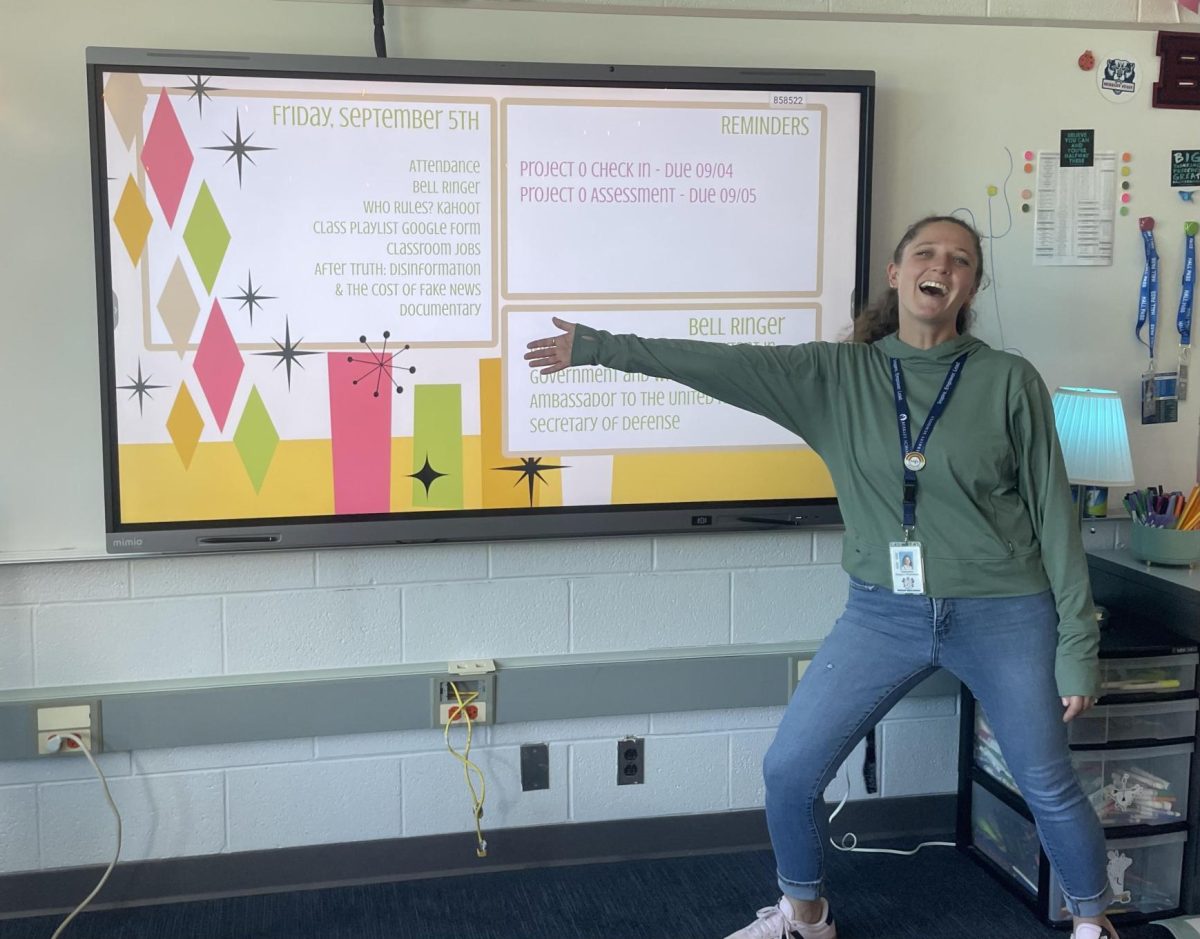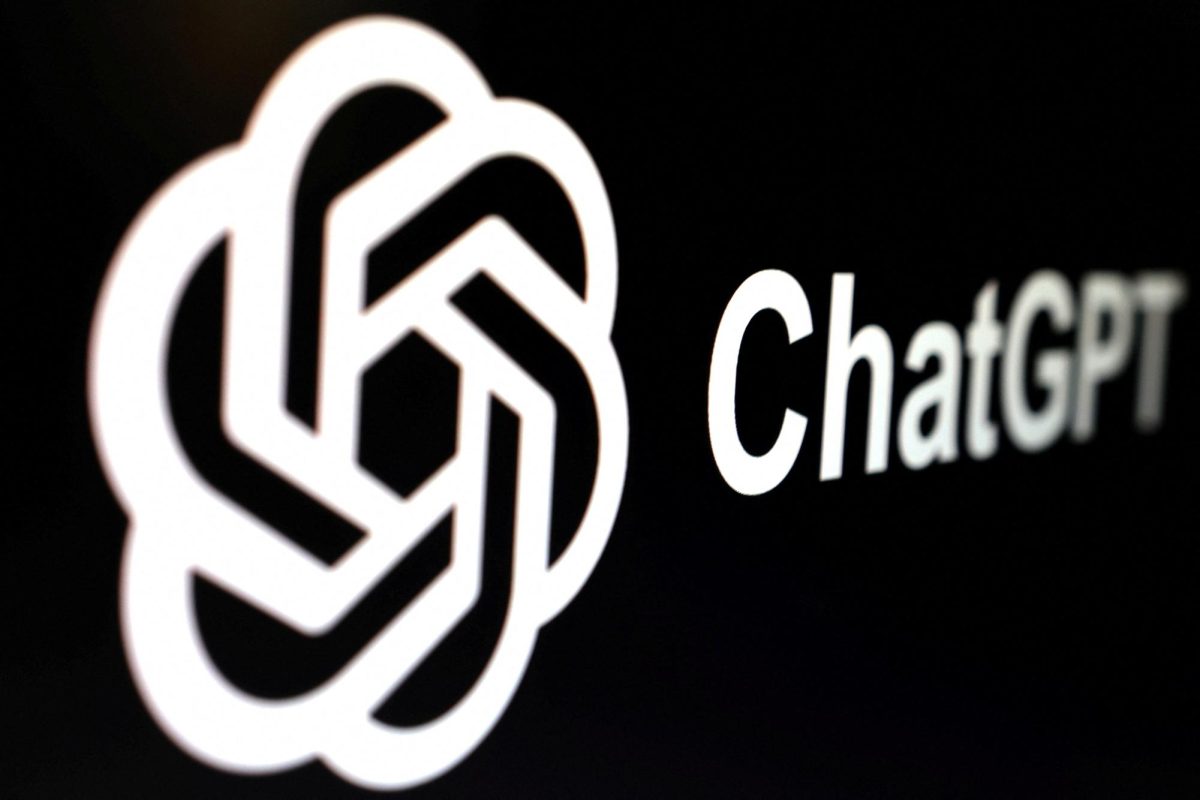Large language model AIs, such as chatgpt, have the capability to perform human-like writing at the click of a button. AI is intended to create answers generated by using generalized information sourced from the internet to create answers explicit to the user’s question. This can be used to do advanced computer coding, answering niche styled questions and many more. Throughout education, students can get antsy looking for a resource they could use for short cuts. When they do this, students compromise their learning and risk losing knowledge they would have otherwise used. Teachers at Berkley are constantly creating new ideas for AI development and how they can change their teaching style knowing that AI isn’t going to go away. Instead, teachers are learning to embrace this tool as it can be helpful when used correctly.
English head chairperson and English teacher Mrs. Ford says “AI is incredibly powerful, but like any other tech tool, it has its limitations. As teachers, we want to help our students understand how it works, understand how and when it could be used, and finally we want our students to consider the ethical implications of claiming their work is original when indeed it was created by an AI.”
Ford remarked that she once heard a doctor talking about his ratio of being on a computer and seeing patients. This doctor said that he would love to spend the time on his computer helping more patients with their health but the online business and paperwork is so time consuming. Teachers feel the same way. If teachers could spend more time with their students instead of grading paperwork or responding to emails, more one-on-one time could be accomplished instead of computer work.
Ford plans on using AI with her seniors this spring. She believes that students will understand that using this tool for good can be beneficial and that her seniors understand that doing the work on their own is important. She is aware that students may be misusing this tool. While Ford is excited to introduce AI into her classroom, she is also concerned about the use and if it will turn negative. “AI is all the English department talks about lately. It has become a focus for us this year. Yes, of course we are concerned with students using AI to write essays for them, but we also know that a ban on AI is not the solution.”
She says that when students use AI or ChatGPT they are undermining their skills and yes they’re cheating, but they are cheating themselves out of an opportunity they could learn in highschool and which could be something they could use in college as well.
Math head chairperson and math teacher Mrs. Sandtveit is facing similar struggles in her daily life but different. Math answer tools that are similar to what ChatGPT can do in the humanities, have been accessible for years. A popular math app called “Photomath” has been aiding students for years by giving answers when scanning a problem. Sandtveit believes that students aren’t using the skills they have learned in class because students will use a different formula than what she has taught students to use. While Sandtveit is not a proponent of AI, she does admit that it can be useful for students if they are stuck on a problem. Sandtveits class is quite different from other math classes on the homework scale. She doesn’t assign any! So when students are using photomath, it’s hurting them for not getting the practice. She defers the assessment to something done in class without the aid of AI assistance. When asked about her role in the AI usage in her classroom, she says ”if a student uses AI to just copy and not to understand, in the end, they’re really just hurting themselves”. Students hurt themselves by not making the mistakes they would make when actually doing the homework. When students make mistakes, they can use it as a learning opportunity and change that habit. While homework isnt in her math curriculum, she makes it clear that “AI can be used to learn an alternative method of approaching a task. Often, as a teacher, we try to present topics using multiple strategies and AI could help with that. I think that if AI is used as a way to extend thinking and learning and not replace thinking and learning, it can be a positive tool.”
Like Mrs. Sandtveit, Spanish Chairperson and Spanish teacher Señora Montgomery has a lot of experience with students using technology to translate or formulate sentences. She says, “I feel that AI/ChatGPT is being used for both ‘good and bad.’ These tools can help someone organize their thoughts/plan a meeting etc./do a myriad of tasks. Unfortunately, however, many students are using AI to complete their work/as a shortcut. Using AI in this way can be extremely detrimental for students’ learning.”
Montgomery mentions that she can tell when students are using a translating app because of the language they may use might be using words that she hadn’t even taught yet in class. She has had to navigate these challenges even before more advanced technology came out.
When asked if she feels that her job is being undermined when students cheat, she adds “I do not feel that my job is being undermined because I try to have my students complete work in class, in front of me. I rarely give homework because I want my students to use the techniques and tools that I’ve repeatedly shown them how to do during class time. I do however feel that students’ learning is being compromised when they use AI because the learning happens when you are actually doing the work. If you aren’t doing the work, and are just taking shortcuts, you aren’t actually learning anything when doing so.”
Students who take fewer steps to complete the work by using translating devices, AI, or ChatGPT are compromising learning by writing down answers that they did not come up with. The process of having questions or or making mistakes is crucial to learning because students learn the right way to go about answering equations, writing an essay, or even learning new languages.








